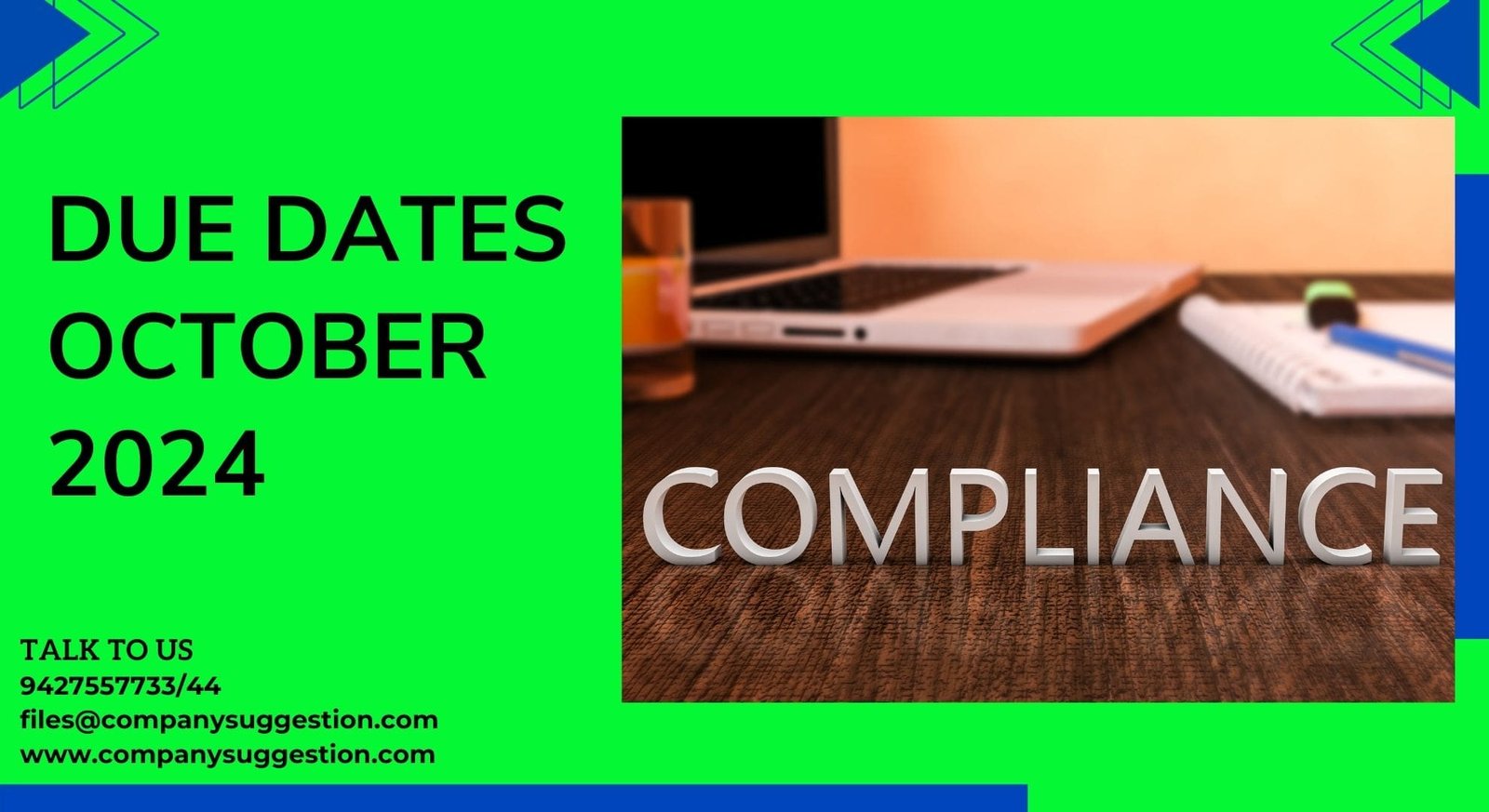Board Meetings
A board meeting is a formal gathering of the board of directors of an organization, during which important decisions are made regarding the organization’s policies, strategies, financial matters, and overall direction. These meetings provide a structured forum for board members to discuss, evaluate, and decide on various aspects of the organization’s management and operations. Under the Companies Act, 2013 in India, provisions related to board meetings are outlined in Section 173.
During a board meeting, directors review reports, discuss key issues, propose and vote on resolutions, and make strategic decisions that can have a significant impact on the organization. Board meetings are crucial for ensuring transparency, accountability, and effective governance within the organization. The discussions and decisions made during these meetings help guide the organization toward its goals and objectives, and they often play a vital role in shaping the organization’s future.
Requirements for Conducting a Valid Board Meeting
Conducting a valid board meeting is essential for effective corporate governance and decision-making within an organization. There are general principles and best practices that are typically followed to ensure the validity of a board meeting. Here are some key requirements to consider:
1. Notice:
Timely Notice: Provide advance notice of the meeting to all board members. The notice period is usually specified in the organization’s bylaws.
Contents of Notice: Clearly state the date, time, and location of the meeting.
2. Quorum:
Definition: A quorum is the minimum number of board members required to be present at the meeting to make the proceedings of the meeting valid.
Quorum Requirements: Ensure that the meeting has the required quorum as per the organization’s bylaws
3. Agenda:
Preparation: Develop a well-organized agenda outlining the items to be discussed and any decisions to be made.
Distribution: Distribute the agenda along with the notice of the meeting to all board members in advance.
4. Conduct of the Meeting:
Chairperson: Appoint a chairperson to lead the meeting. The chairperson is usually the president, CEO, or someone designated by the bylaws.
Minutes: Designate a person to take minutes of the meeting. Minutes should record attendees, discussions, decisions made, and action items.
Orderly Discussion: Ensure that discussions are conducted in an orderly manner, allowing all board members to express their opinions.
5. Decision Making:
Voting: Clearly define the voting procedures in the bylaws. It could be a simple majority, a two-thirds majority, or another specified threshold.
Conflict of Interest: Establish and follow procedures for handling conflicts of interest during decision-making processes.
6. Documentation:
Resolutions: Document all the resolutions passed during the meeting. Resolutions are formal expressions of the board’s decisions.
Minutes Approval: After the meeting, circulate the draft minutes to all board members for review and approval at the next meeting.
7. Follow-up:
Action Items: Clearly document action items resulting from the meeting and assign responsibilities with deadlines.
Implementation: Ensure that decisions and action items are implemented in a timely manner and report on the progress at subsequent meetings.
8. Compliance and Record-Keeping:
Compliance: Ensure that the meeting and its proceedings comply with relevant laws, regulations, and the organization’s bylaws.
Record-Keeping: Maintain a record of all meeting-related documents, including notices, agendas, minutes, and resolutions, for legal and auditing purposes.
RULES OF PROCEDURE OF THE BOARD OF DIRECTORS
The rules of procedure of a Board of Directors outline the framework within which the board conducts its meetings and makes decisions. The following are common elements found in many sets of rules of procedure for boards of directors:
1. Meeting Schedule and Notice:
Regular Meetings: Specify the schedule for regular board meetings (e.g., monthly, quarterly) and the procedures for changing these schedules.
Notice: Define the notice period required to convene a board meeting and the methods of giving notice (email, mail, etc.).
2. Agenda Creation and Distribution:
Agenda Creation: Outline the process for creating the meeting agenda, including who is responsible for preparing it (often the CEO or the board secretary).
Distribution: Specify how and when the agenda and relevant materials will be distributed to board members prior to the meeting.
3. Quorum and Attendance:
Quorum Definition: Define the minimum number of board members required to be present to constitute a quorum for official business.
Attendance: Outline procedures for recording attendance and dealing with absent members.
4. Meeting Conduct:
Chairperson: Specify the role and powers of the chairperson during the meetings, including their authority to maintain order and facilitate discussions.
Minutes: Define who is responsible for taking minutes, what should be included in the minutes, and the process for approving and storing minutes.
5. Decision-Making Process:
Voting Procedures: Describe the methods of voting (voice, show of hands, secret ballot) and the majority required for different types of decisions (simple majority, two-thirds majority, unanimous consent, etc.).
Conflicts of Interest: Detail the procedures for handling conflicts of interest among board members, including abstention from voting and disclosure of conflicts.
6. Committees:
Creation: Specify how committees are formed, their purposes, and their powers.
Reporting: Define how committees report to the full board and the process for board approval of committee recommendations.
7. Special Meetings and Emergency Situations:
Special Meetings: Outline procedures for calling special meetings, including who has the authority to call them and under what circumstances.
Emergency Procedures: Specify procedures to be followed in emergency situations, ensuring that the board can make timely decisions when immediate action is necessary.
8. Amendments to Rules of Procedure:
Amendment Process: Describe how the rules of procedure can be amended or revised and the majority required for such amendments.
9. Confidentiality and Code of Conduct:
Confidentiality: Emphasize the importance of confidentiality regarding sensitive board discussions and materials.
Code of Conduct: Define expected behavior of board members, including ethics, professionalism, and respect for others.
10. Record Keeping and Compliance:
Record Keeping: Specify how meeting records, resolutions, and other board-related documents are stored and maintained.
Compliance: Ensure that the rules of procedure comply with applicable laws, regulations, and the organization’s bylaws.
Why Board Meetings are Important
Board meetings are important for several reasons in the context of an organization:
1. Strategic Decision-Making:
Setting Direction: Board meetings allow for discussions and decisions on the organization’s strategic direction, ensuring alignment with its mission and goals.
2. Effective Governance:
Oversight: Boards provide oversight, ensuring that the organization’s management is acting in the best interests of stakeholders and in compliance with regulations.
Accountability: Board meetings help in holding executives accountable for their actions and the organization’s performance.
3. Financial Stewardship:
Financial Decisions: Boards review budgets, financial reports, and major expenditures, ensuring responsible financial management.
Risk Management: Board meetings assess financial risks and establish strategies to mitigate them.
4. Stakeholder Representation:
Representation: Boards represent the interests of shareholders, employees, and other stakeholders, ensuring their concerns are considered in decision-making.
Communication: Board meetings serve as a communication channel between leadership and stakeholders, fostering transparency.
5. Policy Development:
Policy Formulation: Boards develop and approve policies guiding the organization’s operations, ensuring consistency and adherence to ethical standards.
6. Long-Term Planning:
Strategic Planning: Board meetings facilitate discussions on long-term strategies, fostering innovation and ensuring the organization’s sustainability.
7. Crisis Management:
Preparedness: Boards strategize and plan for crisis situations, ensuring the organization is prepared to respond effectively to challenges.
8. CEO Oversight:
Leadership Evaluation: Boards assess the performance of the CEO and other top executives, ensuring effective leadership.
9. Legal and Regulatory Compliance:
Compliance: Board meetings ensure the organization complies with laws, regulations, and corporate governance standards, mitigating legal risks.
FREQUENCY OF BOARD MEETING AS PER COMPANIES ACT2013
For all Companies (Public and Private): The board of directors of every company must meet at least once in every three months. There should be at least four meetings in a year, with a maximum gap of 120 days between two consecutive meetings.
One Person Company (OPC): An OPC, being a company with only one director, is required to hold a minimum of one meeting of the Board of Directors in each half of a calendar year. The gap between the two meetings should not be less than ninety days.
Small Companies and Dormant Companies: The board of directors of small companies and dormant companies are required to meet at least once in each half of a calendar year. The gap between the two meetings should not be less than ninety days.
Company Suggestion provides services of Compliances services along with same Income Tax Returns, GST Registration or Returns etc.
Our experts of team will guide you related to compliances of Companies, Firms and other entities if you have any doubt regarding this, then you can send your doubts on company suggestion and clear it.













